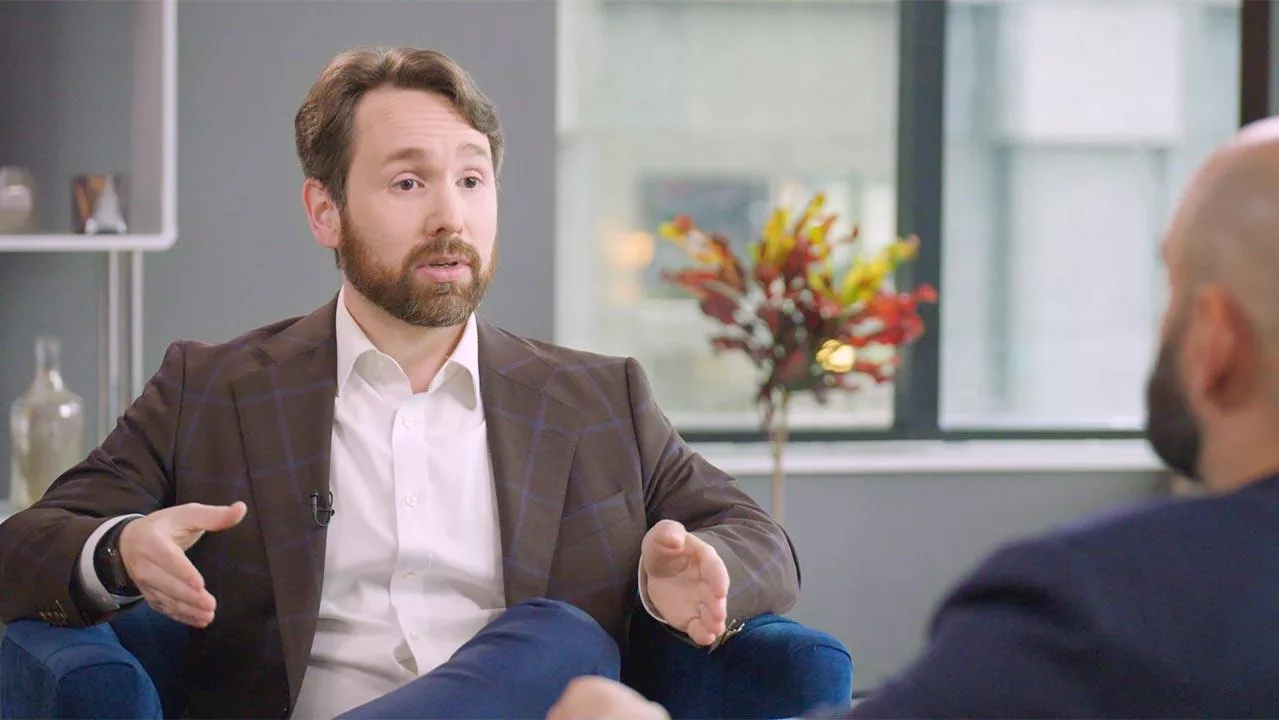3 ways real-time data changes and benefits healthcare
Health equity. Reaching vulnerable populations. Finding the time to keep up with changes in the way healthcare is delivered. Providers and the health systems they work within are rising to meet enormous challenges.
But as big as they are, these challenges are not insurmountable. We’ve never been better equipped to provide high level care to more people, and to do it economically.
Arcadia Chief Operating Officer, Michael Meucci, recently talked with Rush Health President and Executive Director, Anthony Del Rio about the key to meeting this monumental moment in healthcare. We have to make data work for providers and use it to achieve health equity and reach vulnerable populations. Del Rio, a strong proponent of the notion that his organization needs to go where healthcare should be, not where it has spent the last 10 or 15 years, has driven technology-led change to work toward these ambitious healthcare goals. This discussion is now available as episode 3 of the Arcadia miniseries, The Schema (watch it here). Below, we summarize three ways Del Rio believes technology supports healthcare systems’ missions.
1. Data helps overcome health equity challenges
My hospital CEOs tell me, ‘If you can figure out how we can break even on Medicaid, you have saved the hospitals for the next decade.’ And so there’s the economic piece of it too, but our mission in healthcare is how do we make everyone healthier and how do we give them better lives? It’s through data.
The challenge around health equity has stepped into the spotlight during the pandemic. It’s one that is inextricably tied to the economics of running a health system.
Health systems that can collect the data from the community — social determinants of health, literacy challenges, access to healthcare, home life — and then employ data strategies to leverage the resources they have, can work within the systems to better serve patients.
2. Data helps serve vulnerable populations effectively
A very core part of our mission at Rush, is how do we engage with those populations that are vulnerable? How do we take all the information we can get and figure out how to serve them better? We need to pull it all together, so there is one clear picture of every patient. Here’s what their needs are. Here’s what we’ve identified. Here’s how we help them.
The two biggest barriers for providers in reaching everyone in impactful ways are time and divergent sources of data.
When you have the capabilities to perform in this new world, Del Rio says, you can reduce or eliminate some of that. You can make it easier for providers to access complete patient information rather than waste time you don’t have sifting through six different portals or spending time at night trying to understand the systems.
The ultimate goal is to provide ease of access to providers so that they can utilize the data and take care of the most vulnerable people.
3. Data gives providers clear and easy access to today's insights
I saw our capabilities to perform as a value-based network were so materially improved by working with Arcadia because there’s so much more we can do. We can automate. We can do blocking and tackling analysis. We can get very clear, very succinct reports in front of our providers, the way that they need it.
Providers have so much on their plates. They need the insight today’s data can provide, but it needs to be clear and it needs to be easily accessible or they won’t use it.
Healthcare systems are investing heavily in creating technology that can provide those insights, but it’s not always better to do it yourself. Internal programs can end up overcomplicating the data delivery and confusing or worrying providers.
Healthcare systems need to have well-defined goals and truly integrated data from payers, providers, and other sources to demonstrate their value. They need to weigh carefully if that’s best delivered by a technology partner rather than home grown.



